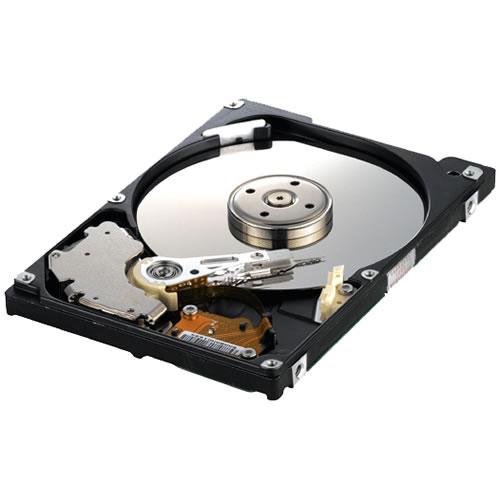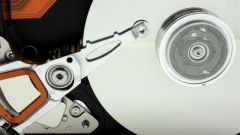Instruction
1
Before formatting, it is desirable to create backup copies of important files and folders. To do this, they need to be copied to any portable storage media (flash card, CD-ROM, portable hard disk, etc.).
2
After, go to the directory "My computer" and select the drive you want to format.
3
Clicking with the right mouse button on the name of the album to display a list of actions. It is necessary to select the line "Format.
4
A dialog box will appear Format. In the upper line displays information about the disk capacity. The following shows the original file system on the disk. You can specify a different filesystem which will be formatted disk. Then comes the line "cluster Size". A cluster is the minimum size on disk for the storage of a single file. The cluster size is set automatically by the system, but also have the option to change it at their discretion. Below the "cluster Size" is the string "volume Label" is the name of the disk, which also can be change (usually a name given by the manufacturer).
5
Before formatting you can select the method of formatting. In the "Format" on the laptops to choose usually are 2 active formatting:
- Fast (clearing the table of contents). With this method of formatting only clears the file system table, the physical data is left;
- Use compression. Allows to compress files on your hard disk during the formatting process.
- Fast (clearing the table of contents). With this method of formatting only clears the file system table, the physical data is left;
- Use compression. Allows to compress files on your hard disk during the formatting process.
6
When all necessary parameters are set, click on the button "Start". A window will appear warning you that formatting will erase all files on the selected drive. To start formatting, click OK to cancel click Cancel.
Useful advice
It is worth remembering that frequent disk formatting harms, whereby the drive may fail.







